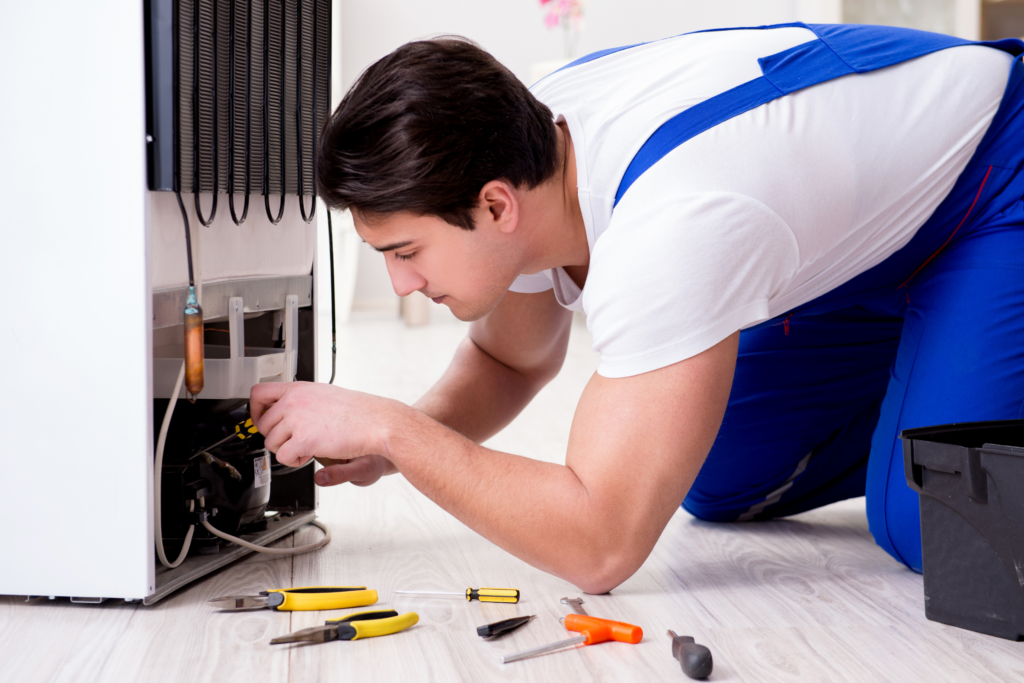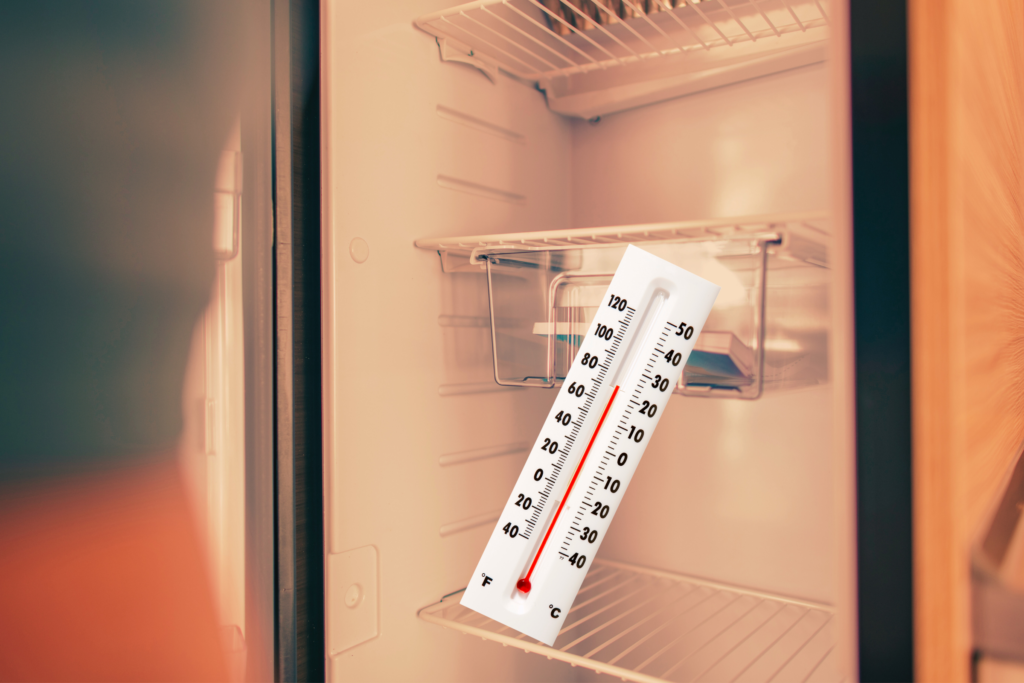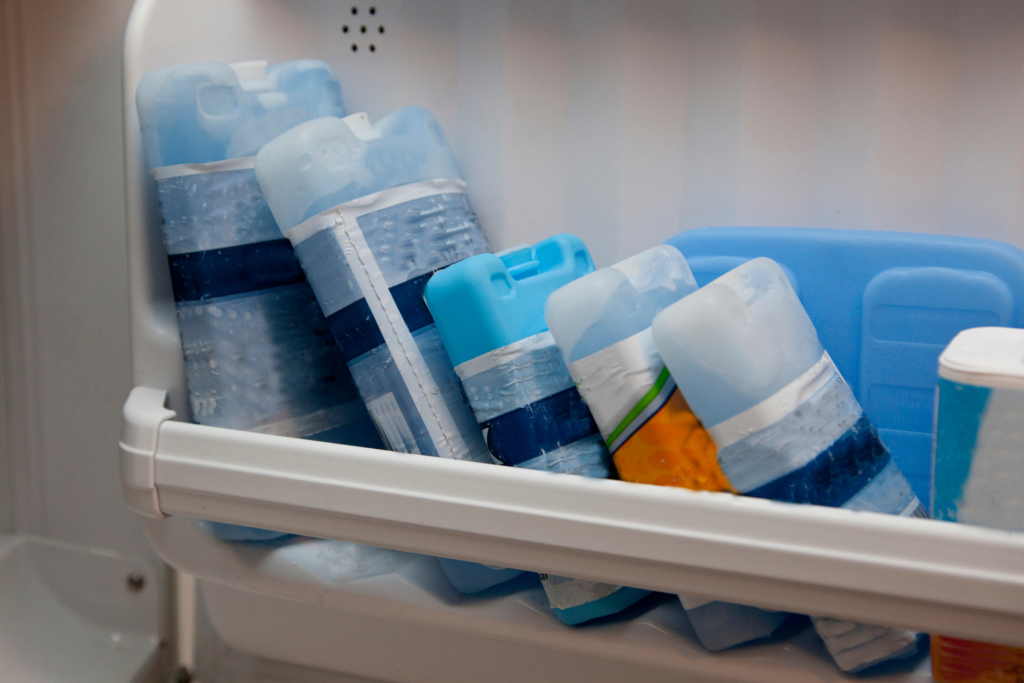Why your RV fridge takes a Long time to Cool (5 possible reasons and fixes)
Before starting a trip, checking every system, including the refrigerator, is wise. If it takes too long, you may wonder why your RV fridge takes a long time to cool. While it is possible that the fridge may be faulty, there are other potential factors.
Your RV fridge takes a long time to cool because it does not have a circulating fan, runs off DC, has insufficient airflow, is faulty, or it’s simply hot outside. RV fridges aren’t as powerful as residential refrigerators. They need ideal circumstances to operate efficiently.
This post explains why your fridge may not be cooling as fast as expected, how long you can expect an RV absorption fridge to achieve the desired temperature, and provides tips to help cool the fridge faster.
How Long Does it Take an RV Fridge to Cool?
Absorption fridges can take anywhere from 12 – 24 hours to attain the optimum temperature to preserve the food and drinks in the fridge.
The actual time depends on the surrounding temperature, whether there is sufficient airflow around the fridge, whether you have an internal fan, and how hot the fridge’s contents are.
Any of the above factors can impact how long the fridge takes to cool.

Does an RV fridge Cool Faster with Propane or Shore power?
In some cases, the RV fridges may cool faster with propane than when switched to shore power.
A malfunctioning heating element may cause this if a low-wattage element (in case of replacements) is used or the AC voltage supply is low.
Otherwise, the fridge should cool at the same rate with either LP or shore power, provided both systems are in good condition.
Why your RV Fridge May Be Taking Longer to Cool
The five most common reasons your RV fridge takes longer than usual to cool are fairly simple to fix. Your RV fridge can take a long time to cool because:
- DC power is connected
- Restricted airflow around the fridge
- No internal circulation
- Faulty parts
- It’s hot
If your fridge isn’t cooling and is making gurgling noises, it may be one of a few other reasons.
Your fridge is using DC power
Your RV fridge can take longer to attain a set temperature if connected to DC power. DC power should be used to maintain the temperature of the fridge once it has cooled down and not cool it down.
DC power is meant just for keeping the fridge powered while you travel. It is not recommended for regular use.
There’s no airflow around the fridge
There is restricted airflow around the fridge. Have you provided good airflow around the fridge sides and back, as recommended by the manufacturer?
If the airflow is poor, as can happen if you do not follow installation guidelines, the fridge will take longer to cool. As long as there is sufficient spacing around the fridge, you won’t need an external fan–though it can help.
Your RV fridge doesn’t have an internal fan
Air circulation on the inside is just as important as on the outside. An internal fan will help the cool air created by the absorption cooler circulate throughout the fridge. This is most important when you have a lot of food.
A simple 12V fan will do wonders for your RV fridge. You can place it anywhere in the fridge, but near the fins is best.
Something in the fridge isn’t working
Sadly, one possibility is that your fridge is faulty. RV fridges are designed to be durable, but nothing is perfect. It could be that your RV fridge has a faulty circuit board or something more simple like a bad connection.
If the fridge is running but not cooling, chances are there’s something wrong with the cooling system. This calls for either a replacement or professional help.
Your fridge is struggling with the heat
The fridge takes longer to cool during warmer weather. What is the air temperature at the campsite? Expect the fridge to cool faster during cooler weather.

How to Get the Fridge to Cool Faster
Here are a few tips that can help your fridge cool faster.
- Start cooling earlier – Turn it on 1-2 days before you start your trip. You can plug it in a day or two before your trip to get it started cooling earlier.
- Avoid placing warm or hot food items in the fridge – If possible, use the house fridge to cool the food items before putting them in the refrigerator. If not, let the food cool to room temperature first.
- Limit how often you open the fridge – Each time the fridge door is opened, it will lose some of the cool air it has been building up.
- Use ice packs – Place gel cool packs, dry ice packs, or frozen water bottles inside the fridge to stabilize the temperature.
- Improve air circulation – Consider installing a battery-operated fan to improve air circulation inside the fridge for more even and faster cooling.

How to keep your RV fridge cool
Once you’ve got your RV fridge cold, you’ll want to keep it that way. To help you do so, follow these quick tips.
- Use any shade to your advantage – If possible, park with the fridge side of your RV in the shade. Ambient temperature can have a significant impact.
- Limit how often you open the door – This is great general advice. The fridge’s cooling system won’t be able to keep up with frequent openings.
- Level the RV – RV fridges work using several different liquids and gasses. The more level your RV is, the better the environment for your refrigerator.
- Keep up with fridge maintenance – Make sure your fridge’s door seals and main components are working properly. Regular maintenance will keep your fridge operating at peak efficiency.
- Ensure you have consistent power – If the power supply to your fridge cuts out, it will slowly begin to warm up. Whatever power system you’re using, ensure it won’t fail.
Summary of why your RV fridge takes a long time to cool
Absorption-style RV fridges can take up to a full day to attain the optimal cooling temperature.
How fast they achieve it depends on the surrounding temperature, if there is airflow around the fridge, and how hot the fridge’s contents are.
You can speed up the fridge’s cooling by ensuring it is properly installed with enough space around the sides, as the manufacturer recommends, for good airflow, precooling the food items, and minimizing the number of times the fridge is opened or closed.
How long should an RV fridge take to get cold?
Top-of-the-line RV fridges can cool in as quickly as 8 to 12 hours. More commonly it will take 24 hours, if not longer, for an RV fridge to get cold.
Why is my RV fridge not as cold as it should be?
If your RV fridge isn’t getting as cold as it is set to, it could be because of poor airflow. Most RV fridges don’t have internal circulation fans by default.
Let Us Know How We’re Doing!
Did this expertly prepared resource answer your question?
Do you have another question about home maintenance, home improvement projects, home appliance repair, or something else?
Get more information, send in questions and keep the discussion going by contacting the I’ll Just Fix It Myself company customer service team at at 1-800-928-1490 or Email us at [email protected]
